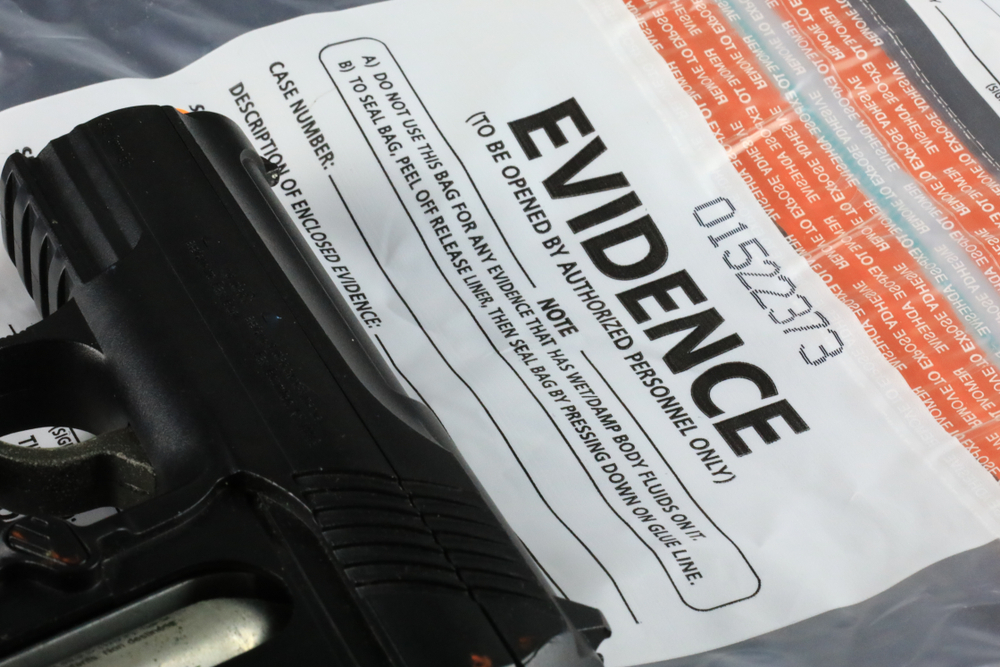
The legal world can often seem abstract with its focus on statutes, case law, and legal principles. However, concrete evidence—referred to as exhibits in court proceedings—plays a pivotal role in making cases more tangible. Exhibits substantiate the arguments put forth by the parties involved, providing the judge or jury with physical or digital evidence that aids in decision-making.
Definition and Types of Exhibits
Exhibits are any evidence other than testimony that can be perceived by the senses and presented at the trial. They fall into several categories:
Documentary Exhibits
These are the most common exhibits and include written or printed documents like contracts, letters, emails, records, reports, and more.
Demonstrative Exhibits
These materials help illustrate or explain the testimony of a witness or relate to the issues of the case. They include charts, graphs, diagrams, models, animations, and simulations.
Real Exhibits
These are physical objects directly involved in the case, like a weapon used in a crime, a defective product from a product liability case, or a piece of clothing from an accident scene.
Digital or Electronic Exhibits
In today’s digital age, exhibits can include electronic or digital evidence. Emails, digital photos, text messages, social media posts, or data retrieved from electronic devices can all be exhibits.
The Role of Exhibits in Court Proceedings
Corroborating or Refuting Testimony
Exhibits can either corroborate the testimony of a witness or help refute it. For example, a witness might claim they saw a defendant at a specific place at a certain time. Surveillance footage (a digital exhibit) can corroborate or contradict this claim.
Making Abstract Facts More Concrete
Exhibits help make abstract facts more tangible. Reading about an accident report is one thing; seeing photos of the scene or the damaged vehicle can bring the reality of the incident to life.
Assisting in Understanding Complex Issues
Some cases involve complex issues that may be difficult for a jury to understand through verbal explanation alone. Demonstrative exhibits like charts, diagrams, or animations can be invaluable in such instances.
Best Practices for Using Exhibits in Court Proceedings
Ensuring Relevance
An exhibit must be relevant to the case at hand. It should have a direct bearing on the case’s facts or help establish the credibility of a witness.
Establishing Authenticity
Its authenticity must be established before an exhibit can be admitted into evidence. This can be done through witness testimony, expert analysis, or, in the case of documents, through distinctive characteristics of the item itself.
Complying with Rules of Evidence
The use of exhibits in court proceedings is governed by rules of evidence. Please comply with these rules to avoid an exhibit being inadmissible.
Renzi Legal Resources: Expert Assistance with Courtroom Exhibits
At Renzi Legal Resources, we deeply understand the importance of exhibits in court proceedings. We provide expert assistance in preparing, presenting, and preserving exhibits, ensuring they’re effective and comply with all necessary regulations.
Conclusion: The Power of Exhibits in Court Proceedings
Exhibits play a crucial role in court proceedings, providing tangible, physical evidence to corroborate or refute testimonies, make abstract facts more concrete, and assist in understanding complex issues. The power of exhibits lies in their ability to communicate beyond the limits of verbal testimony, appealing directly to the senses of the judge or jury.
Are you looking for court reporting services in New Jersey? If so, contact us today!
